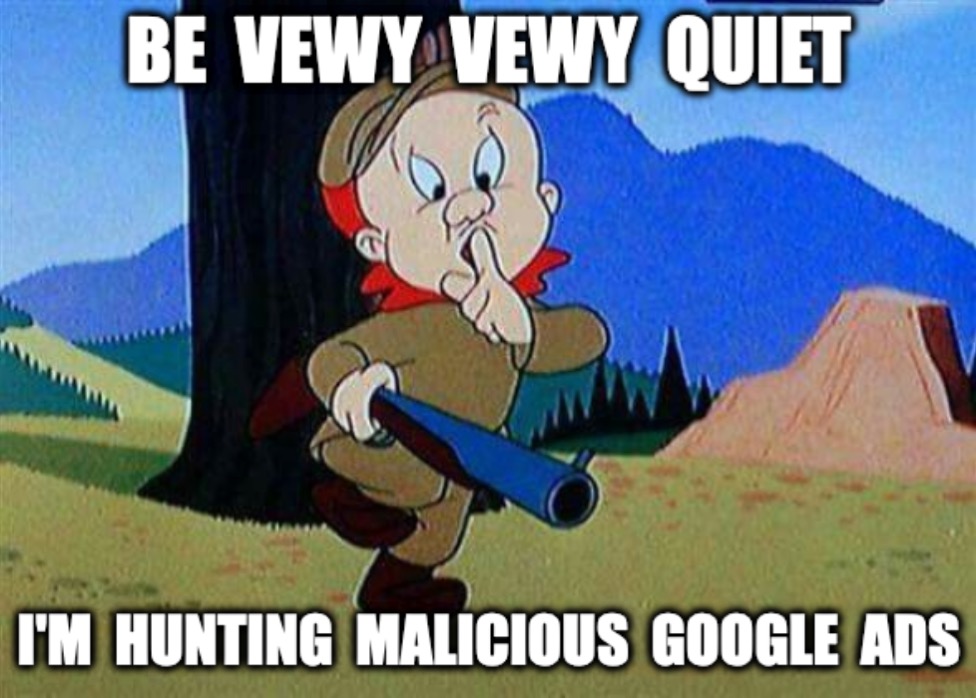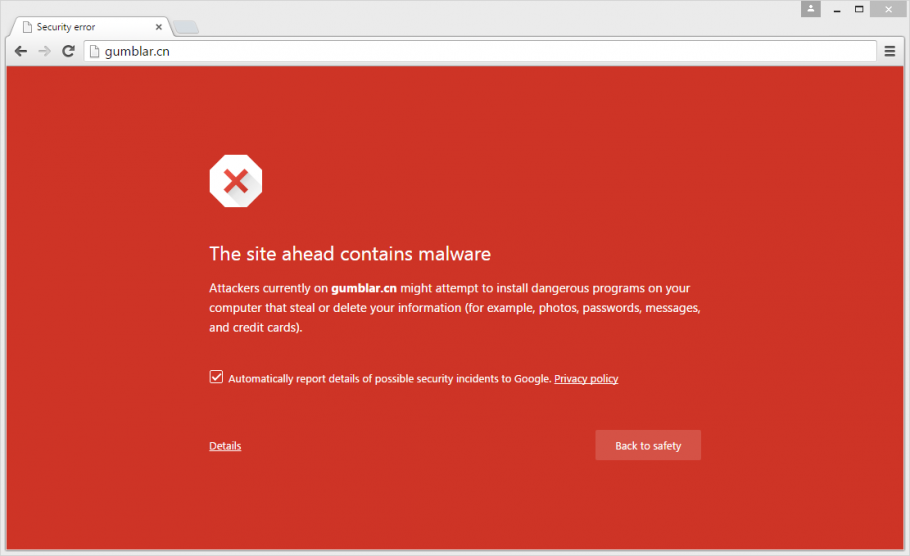- Joined
- Jul 3, 2023
- Messages
- 40
When working with advertising campaigns in Google Ads, contextual advertising specialists and affiliates often encounter various reasons for campaign rejections and account suspensions. One common issue that has persisted for over 15 years is the banning of campaigns due to "Malicious Software."
In this article, we will look at why this error may occur, how to diagnose it, and ways to correct it.

Google started implementing restrictions on ad campaigns due to the detection of "malware" back in the early 2000s. This was because one common method of making illegal money at that time involved hacking websites to gain control over their traffic.
Rather than opting for complex solutions, Google took a straightforward approach to protect users from potentially harmful sites. Whenever any suspicious triggers were detected, the system would flag the site with a "Malicious Software" error. This was done to safeguard users' devices, personal information, and finances.

It's worth noting that both in the early 2000s and today, the problem
In this article, we will look at why this error may occur, how to diagnose it, and ways to correct it.
When did the "Malicious Software" error first appear?
Before we dive into discussing why Google Ads may show the "Malicious Software" error, let's take a quick look at its history.Google started implementing restrictions on ad campaigns due to the detection of "malware" back in the early 2000s. This was because one common method of making illegal money at that time involved hacking websites to gain control over their traffic.
Rather than opting for complex solutions, Google took a straightforward approach to protect users from potentially harmful sites. Whenever any suspicious triggers were detected, the system would flag the site with a "Malicious Software" error. This was done to safeguard users' devices, personal information, and finances.
It's worth noting that both in the early 2000s and today, the problem




